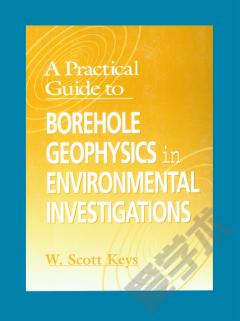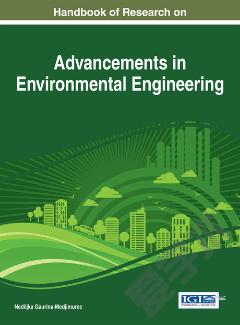A Practical Guide to Borehole Geophysics in Environmental Investigations
Chapter 1. Introduction Benefits and Limitations of Logging Logging Equipment Chapter 2. Environmental Applications of Borehole Geophysics Site Selection and Design Verifying Well Construction Monitoring Contaminant Distribution Planning Remediation Programs Chapter 3. Planning an Environmental Logging Program Selecting the Most Useful Logs Based on Project Goals How Geology and Hydrology Affect Log Selection How Well Construction Affects Log Selection Who Will Do the Logging and Log Analysis Chapter 4. Log Analysis Qualitative Analysis Quantitative Analysis Synergistic Analysis Computer Analysis Borehole Effects Chapter 5. Log Quality Control Operation of Logging Equipment Log Headings Calibration and Standardization of Logs ASTM Standard Guide Chapter 6. Electric Logs Spontaneous Potential Single-Point Resistance Normal Resistivity Focused Resistivity Other Multielectrode Methods Induction Chapter 7. Nuclear Logs Gamma Gamma Spectra Gamma-Gamma Neutron Chapter 8. Acoustic Logs Acoustic Velocity Acoustic Waveform Chapter 9. Borehole-Imaging Logs Acoustic Televiewer Borehole Television Chapter 10. Caliper Logs What is Measured and How Applications and Interpretation Chapter 11. Fluid Logs Temperature Conductivity Flow Chapter 12. Well-Construction Logs Casing and Screens Annular Materials Cement Bond Vertical Leakage Borehole Deviation Chapter 13. Case Histories Hardage Site Idaho National Engineering Laboratory Cape Cod Loring Air Force Base Glossary References Index
{{comment.content}}








 京公网安备 11010802027623号
京公网安备 11010802027623号